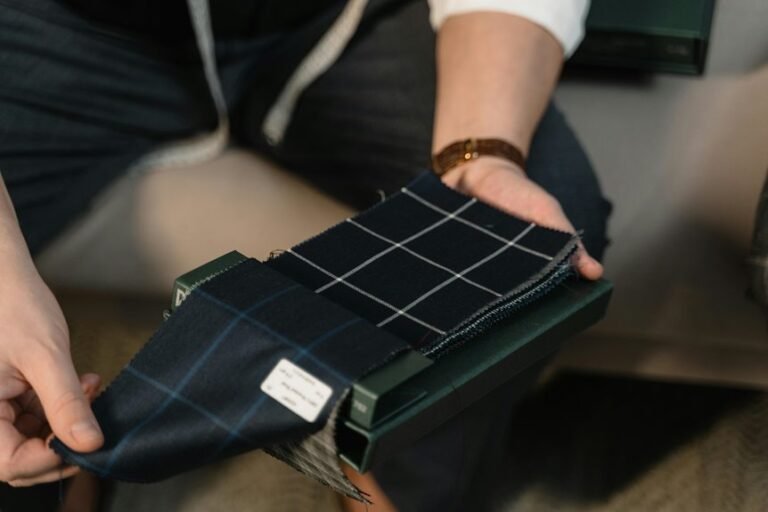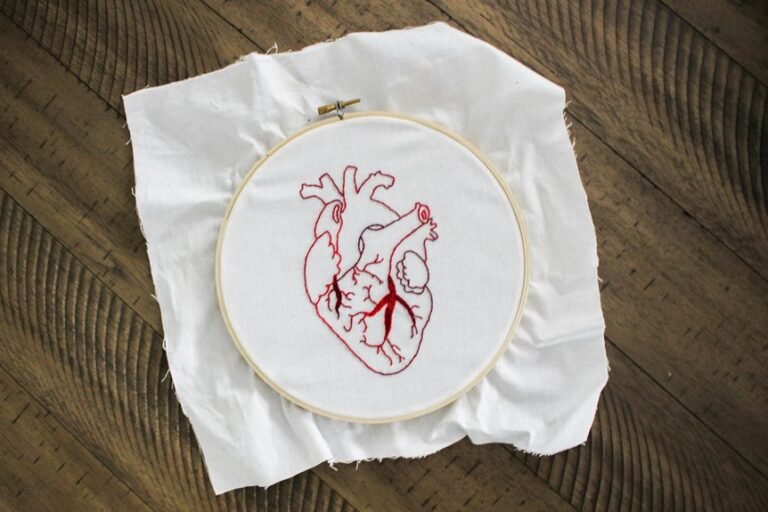How to Add Patches to Handmade Knitwear for a Unique Look (And Why Most Advice is Just… Wrong)
Let me say it bluntly: most people are lying to you about knitwear patches. Or not lying, maybe just recycling advice so dull it feels like a copy-paste from a craft manual printed in 1994. “Match the yarn.” “Keep it subtle.” “Make it neat.”
Neatness is the enemy of personality. If you want your handmade sweater to look like it came from a mass-market chain store, sure, follow the rulebook. But if you actually want uniqueness, like, genuine, eye-snapping uniqueness, you’ve got to break those rules wide open.
Funny thing is, the myths persist because they sound safe. And safety sells. Safety is why IKEA manuals exist, why recipe blogs insist on “exact measurements” when half of cooking is intuition, and why your aunt probably still tells you to hand-wash that wool jumper as though washing machines weren’t invented in the last century. Knitwear advice suffers from the same disease: caution disguised as wisdom.
And here’s where it gets interesting. Iron Patches aren’t just about fixing holes. They can be explosions. Statements. Sometimes, even little acts of rebellion. Which means, if you follow traditional guides, you’re muting your own potential.
Myth-Busting #1: Matching Colours Makes it “Classy”
That word, classy, what does it even mean? Why do people act like a navy jumper with a navy patch is automatically superior? It’s not classy, it’s camouflage. You’re hiding something that deserves to be shouted.
Contrast is the real weapon. Neon pink on navy. Acid green on cream. Even fabrics that shouldn’t “belong”, like denim stitched into wool, create a kind of tension. And tension is what makes things memorable.
Think about boro, the Japanese tradition of visible mending. Farmers literally turned patched clothes into art, and now those pieces sit in museums while our fast-fashion hoodies fall apart within months.
I tried this once: stitched a bright red velvet square onto a grey cardigan. People either loved it or hated it, but nobody ignored it. And honestly? Being ignored is the worst fashion crime.
Myth-Busting #2: Patches Belong on Elbows and Holes
Predictable. That’s the word. You see custom embroidered patches on elbows, maybe knees, and you know instantly what’s happening: repair, nothing more. It’s like sticking a plaster on a scrape and pretending it’s jewellery.
But when you place a patch somewhere absurd, like diagonally across a shoulder, or sprawled across the hem, it changes the entire garment. Suddenly, the knit isn’t just “fixed.” It’s reimagined.
Humans are wired to notice disruptions. Look at TikTok trends: a video that breaks expectation, say, a sudden cut to chaos, outperforms a perfectly smooth tutorial every time. Your knitwear can work the same way. Disruptive placement = intrigue. Safe placement = wallpaper.
Myth-Busting #3: Only Fabric on Fabric
This rule annoys me most. Guides keep you trapped in “wool-on-wool.” But why? Who made that law? Throw leather on knit. Denim. Sequins, for heaven’s sake. Even something unconventional like mesh can give depth.
High fashion already does it. JW Anderson’s collections mix tapestries with knits, practically daring you to look away (you can’t). So why should hobbyists play it safe? The sweater isn’t fragile. It can handle it.
I once stitched a scrap of my old jeans onto a chunky scarf, which looked weird at first, like Frankenstein’s monster, but it became the one accessory strangers complimented most. Proof that weird wins.
Myth-Busting #4: Imperfections Should Be Hidden
This one comes from shame, I think. People want their knitwear to look “flawless,” as if perfection equals value. But imperfections have character. They’re fingerprints. Scars.
Ever heard of kintsugi? Broken pottery repaired with gold, turning cracks into art. Why shouldn’t knitwear adopt the same idea? Instead of delicately covering a moth hole, exaggerate it. Use a patch three times larger, with stitches fat and visible, almost cartoonish. Suddenly, it’s not a flaw, it’s a feature.
Psychology backs this up: imperfection sells. Studies show people connect emotionally with the “wabi-sabi” aesthetic, the beauty of things incomplete. Think about how vintage film filters dominate Instagram; people want the scratches.
Myth-Busting #5: Patches Are Just Decoration
No. Custom iron-on patches can be in a language. Storytelling stitched into fibre.
Imagine gifting someone a jumper with a patch made from your old concert tee. Or patching your own scarf with fabric from a place you travelled, Lisbon, maybe, or Istanbul. Suddenly, the knit becomes autobiography.
A jacket patched like that stops people in their tracks. Not “Oh, nice sweater.” More like, “Wait, what’s that fabric from?” And then you’re telling stories, connecting through cloth. Which is what handmade knitwear was always supposed to be about, human connection, not just warmth.
Beyond the Rules: Knitwear as Philosophy
The deeper point here isn’t really about fashion; it’s about thinking. Conventional wisdom reduces custom patches to repairs. Safe, tidy, invisible. But that logic bleeds into everything: how we decorate our homes, how we present ourselves at work, even how we silence parts of ourselves that feel “too much.”
Handmade knitwear is already radical in an era of Shein and Zara. Adding custom patches in bold, disruptive ways is another rebellion. A way of saying: I refuse invisibility.
And rebellion matters now. Look around: mass production has eaten individuality. Trends churn weekly on TikTok. But a cardigan patched with leather, sequins, and a scrap of your grandmother’s tablecloth? Nobody else has that. Nobody.
Final Word: Stop Hiding, Start Provoking
So here’s the call: throw out the rulebook. Stop treating custom embroidered patches as Band-Aids. Start treating them as manifestos. Clash instead of blend. Place patches where they don’t belong. Use materials that surprise, exaggerate imperfections, and, most importantly, let them tell your story.
Your knitwear shouldn’t whisper. It should roar. And custom patches? They’re not repairs. They’re revolutions stitched into every row.







